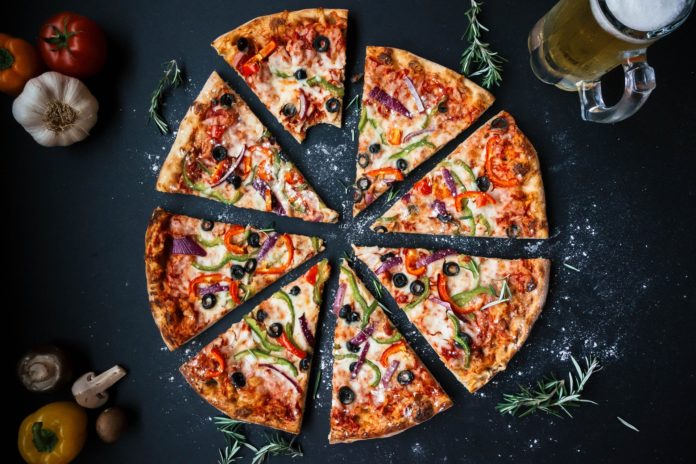Chris Black needs no introduction to local diners and foodies. Fresh off the plane from a foodie expedition to Italy, the founder of Lupa Osteria sat down with us to share some of the latest food and drink trends he picked up on his trip which he believes will impact on the way Italian foods are served locally.

- Ninety per cent of everything being consumed in, or being exported out of, Italy is biodynamic organic and it’s no longer more expensive as it’s reached a scale where it’s become the norm. In fact, food packaging simply says ‘bio’ on it and people know what that means.
- Naming the producers of the food is common practice. Eataly is a great example. It is a large Italian marketplace comprising a variety of restaurants, food and beverage counters, bakery, retail items, and a cooking school, with branches in cosmopolitan, first-world cities all over the world. Their latest menus name the producers of each item on the menu, from the tomatoes to the flour used in the pizza base. Telling the story behind the food is becoming increasingly important.
- The same is true of drinks: it’s all about quality and knowing where the product comes from. Mazzatti Birra Superiore is an exceptionally-made, classic, Italian beer brewed by an authentic, family-owned brewery with over 160 years of history and experience. The beers are brewed using pure, natural water from the Alpine stream that runs through Lagundo where the brewery is situated so it’s chemical-free. People want this information – it’s part of what makes dining out special.
- Simplicity is everything. We were served plates that consisted only of a ball of buffalo mozzarella, a drizzle of olive oil and a pile of tomatoes. A risotto of asparagus with butter and parmesan: no garnishes, no flourishes, nothing. Pizzas with 2 ingredients: anchovies and capers or artichokes and olives. Of course, that doesn’t translate here – we have to cater to needs – but high-quality ingredients and simplicity that allows those ingredients to shine through definitely translates.
- Menus are offering less choice but focusing on better quality and on what is seasonal. Most seasonal restaurants are offering no more than six or seven starters, seven or eight mains and maybe five desserts.
- Eating well and drinking well in Italy is for everyone. Food is democratic. Street sweepers would climb off their carts and stand alongside businessmen eating a pastry and having an espresso for breakfast. It costs about 8 Euros for an excellent pizza so most people can afford to eat well.
- Food delivery has become a major factor. From a convenience perspective, it’s unbelievable. But it all depends on how well the end product is delivered. We have a way to go in South Africa and I don’t believe that the social factor of eating out is threatened by services like Uber Eats that are getting it right. Restaurants will always be successful if they’re run well. Rather, deliveries will open restaurants up to a different consumer who might not have eaten at an outlet but who is happy to order in.
- Non-alcoholic drinks are just as important as alcoholic drinks. Ben Branson who developed the non-alcoholic spirit, Seedlip, is a genius. I think it’s one of the most-watched drinks brands globally at the moment – it’s as sophisticated as gin and offers a solution for what to drink when you’re not drinking. It’s already in 250 Michelin-starred restaurants worldwide and I believe it’s soon launching in South Africa. It’s no longer good enough to offer stock-standard soft drinks.
Advertisement






